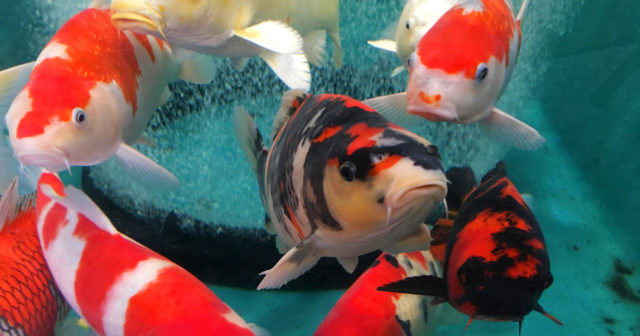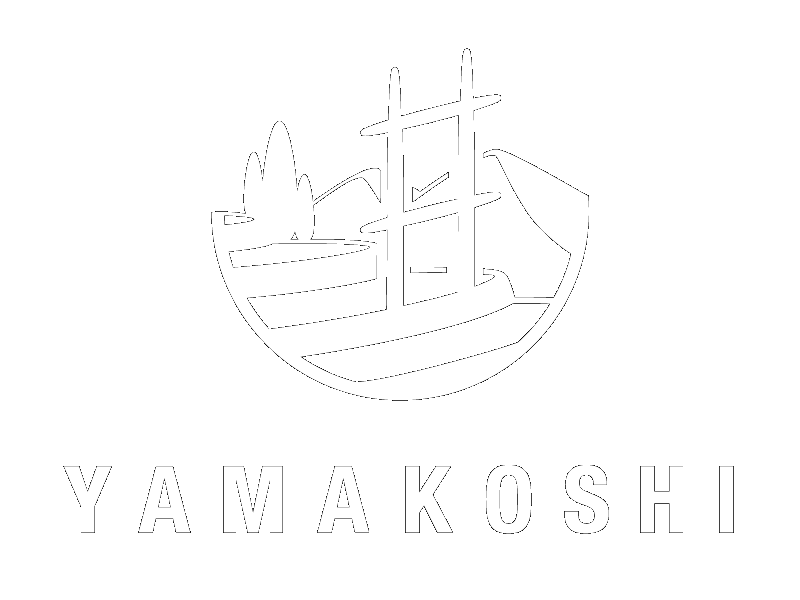
Nishikigoi
Nishikigoi, known as the symbolic fish of Japan, were created exclusively in Japan as an ornamental fish. The origin of breeding and raising Nishikigoi dates back to approximately 200 years ago. In the Yamakoshi District of Niigata Prefecture, the people customarily raised edible magoi, black carp. One day, a carp with light red spots was found among the magi. Since then, nearly 100 different varieties of beautiful Nishikigoi were born through the breeders’ continued efforts in the research and development of breeding techniques.
Yamakoshi’s Nishikigoi became popular throughout Japan after being on display at the Tokyo Taisho Exposition held in 1914. Currently, Yamakoshi’s Nishikgoi are exported to various parts of the world. The colorful carp, whitch can grow quite large, are praised as “the world largest garden fish.” One of the reasons Nishikigoi have continued to attract many admirers is that some species have a special attractiveness with the traditional Japanese aesthetic sense of simplicity and tranquility known as “wabi sari” in Japanese. These “swimming object of art” are highly valued around the world as an important part of Japanese culture.
(From the leaflet “NISHIKIGOI OF NAGAOKA”)
